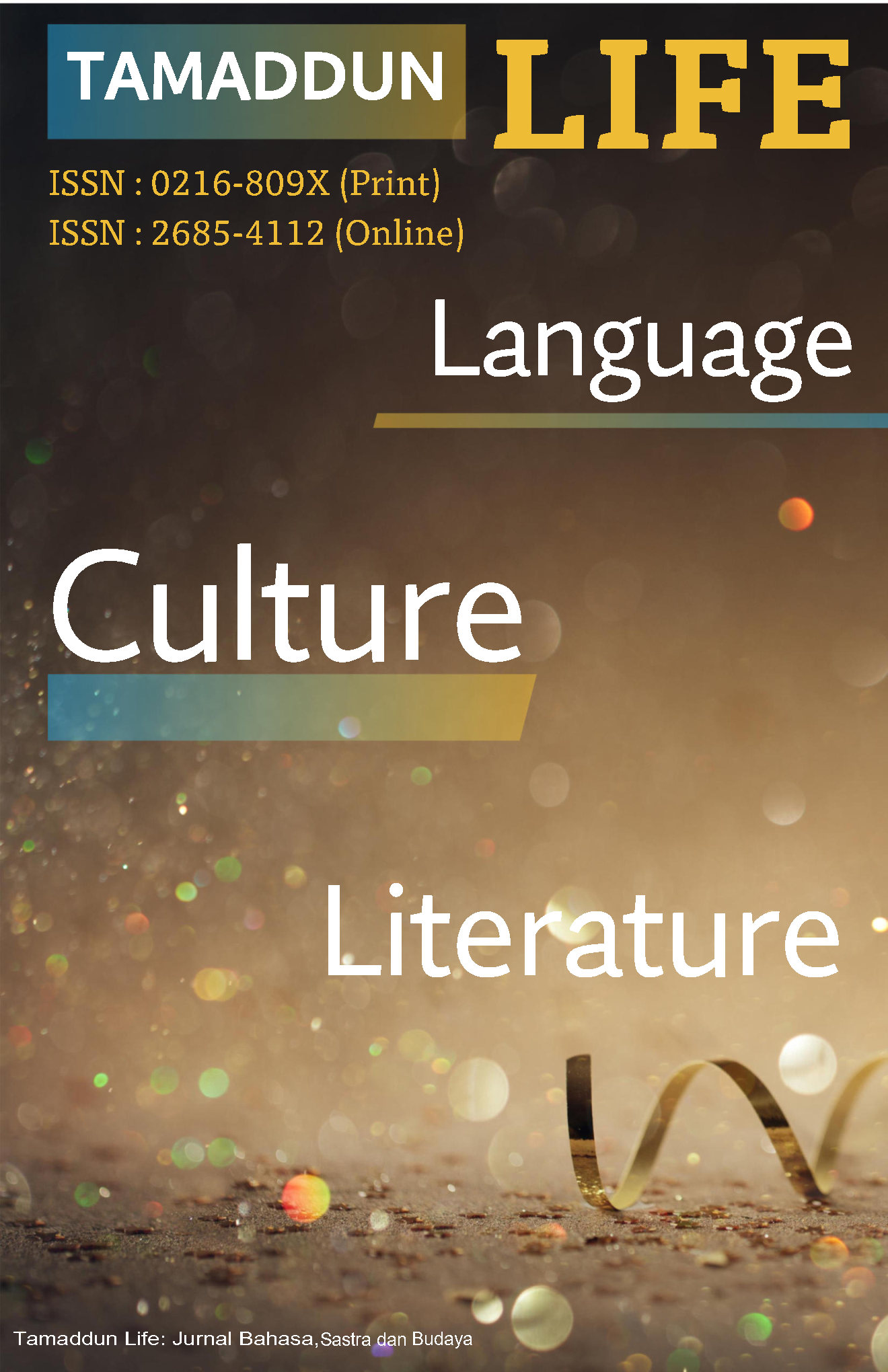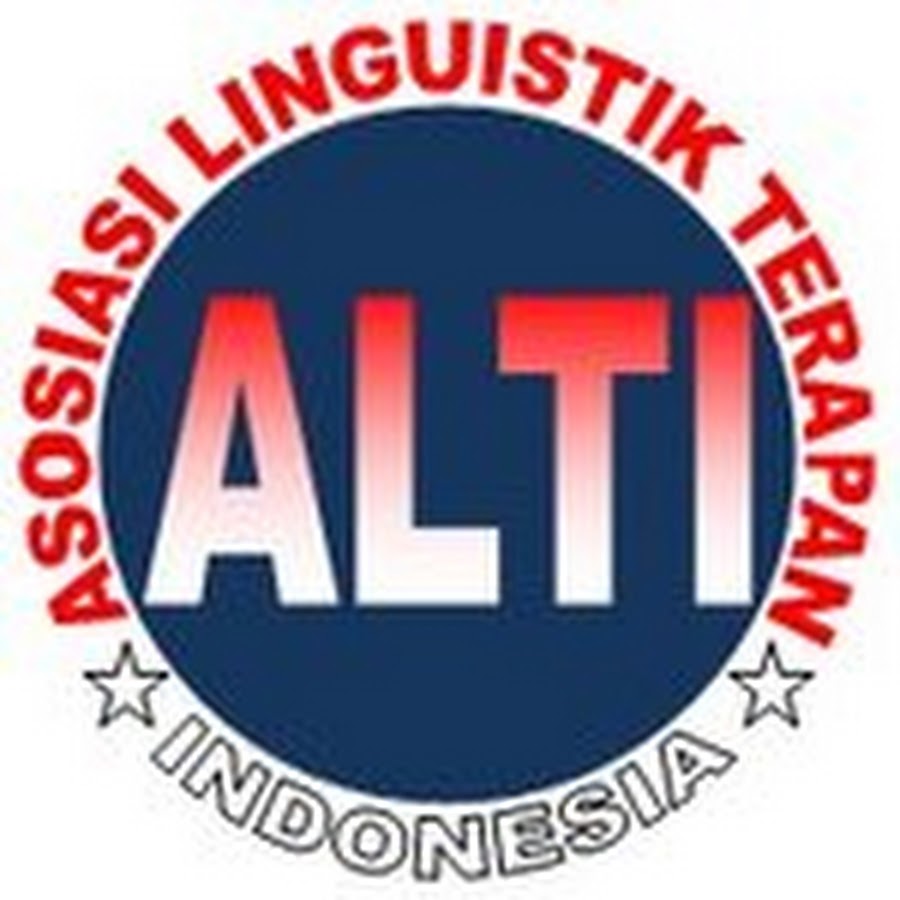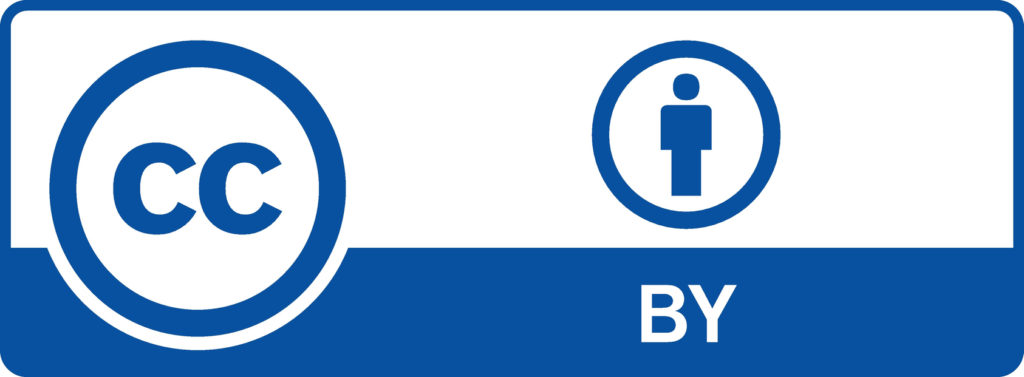The Alignment of ESP in Teaching Activities and Materials at Vocational High School
DOI:
https://doi.org/10.33096/tamaddun.v24i1.918Kata Kunci:
English for Specific Purposes (ESP), Vocational High School (SMK), Merdeka Curriculum, Student Needs, Contextual LearningAbstrak
This study aims to analyze the alignment of English for Specific Purposes (ESP) in teaching activities and teaching materials at Vocational High Schools (SMK) in Indonesia, especially in the context of the Merdeka Curriculum. A descriptive qualitative approach was used to explore teachers’ strategies, challenges, and recommendations in implementing ESP. the research participants consisted of three English teachers from three vocational high schools in Magelang City with different expertise programs, namely hospitality, nursing, and engineering. Data were collected through in-depth interviews and analyzed using a systematic thematic analysis model. The results show that teachers apply several strategies to align ESP with students’ needs, such as collaborative needs analysis with vocational teachers and industry professionals, work context-based activity design (e/g/ VR simulation in hospitality, role-play in nursing, and engineering projects), and diversification of material sources by utilizing digital technology. However, the main challenges include the mismatch of the national curriculum which is still oriented towards General English (EGP), limited ESP support facilities, and the gap in teacher competence in mastering technical content in vocational fields. Teachers recommend the development of a structured ESP curriculum based on majors, increased collaboration with industry, and hybrid training to strengthen teacher capacity. This finding confirms the need for multi-stakeholder synergy to optimize ESP learning in vocational high schools to be relevant to the needs of the world of work.
Referensi
Andrean, C. (2023). Designing and Adapting Materials for Differentiated Instruction in English Language Classrooms: a Literature Review. Tell-Us Journal, 9(3), 666–690. https://doi.org/10.22202/tus.2023.v9i3.6996
Bihari Dash, D. B. (2022). Significance of Globalisation and English Language. International Journal on Studies in English Language and Literature, 10(5), 10–16. https://doi.org/10.20431/2347-3134.1005002
Dewi, L. P., Rukmini, D., & Samanhudi, U. (2022). The Compatibility of English Needs Of Automation and Office Governance Major Students to the 2013 Curriculum. Edukatif : Jurnal Ilmu Pendidikan, 4(3), 3431–3440. https://doi.org/10.31004/edukatif.v4i3.2667
Fadlia, F., Zulida, E., Asra, S., Rahmiati, R., & Bania, A. S. (2020). English Subject on English for Specific Purposes (Esp) in Vocational Schools. Language Literacy: Journal of Linguistics, Literature, and Language Teaching, 4(2), 358–367. https://doi.org/10.30743/ll.v4i2.3064
Gestanti, R. A., Nimasari, E. P., & Mufanti, R. (2019). ESP Issue in Indonesian Tertiary Context: What Students Need in Learning English. PUPIL: International Journal of Teaching, Education and Learning. https://api.semanticscholar.org/CorpusID:150669334
Hartoyo, A., & Rahmadayanti, D. (2022). Potret Kurikulum Merdeka, Wujud Merdeka Belajar di Sekolah Dasar. Jurnal Basicedu, 5(4), 2247–2255. https;//jbasic.org/index.php/basicedu
Hooda, D. J. (2022). English language and globalization: A comprehensive analysis. International Journal of Arts, Humanities and Social Studies, 4(2), 15–16. https://doi.org/10.33545/26648652.2022.v4.i2a.89
Hyland, K. (2022). English for Specific Purposes: What Is It and Where Is It Taking Us? ESP Today, 10(2), 202–220. https://doi.org/10.18485/esptoday.2022.10.2.1
Kim, H., Sefcik, J. S., & Bradway, C. (2017). Characteristics of qualitative descriptive studies: A systematic review. Research in Nursing & Health, 40(1), 23–42. https://doi.org/10.21061/jcte.v21i1.647
Mohamed, O. I., & Alani, N. N. (2022). English for Specific Purposes: An Overview: Definitions, Characteristics and Development. English Language Teaching, 15(12), 28. https://doi.org/10.5539/elt.v15n12p28
Muliyah, P., & Aminatun, D. (2020). Teaching English for Specific Purposes in Vocational High School: Teachers’ Beliefs and Practices. JET (Journal of English Teaching), 6(2), 122–133. https://doi.org/10.33541/jet.v6i2.1756
Naeem, M., Ozuem, W., Howell, K., & Ranfagni, S. (2023). A Step-by-Step Process of Thematic Analysis to Develop a Conceptual Model in Qualitative Research. International Journal of Qualitative Methods, 22(October), 1–18. https://doi.org/10.1177/16094069231205789
Nguyen, T. C. N., Kettle, M., & Doherty, C. (2022). Tertiary education ESP program delivery in Vietnam and language practices in globalised workplaces: examining the extent of alignment. Language, Culture and Curriculum, 35(4), 440–459. https://doi.org/10.1080/07908318.2022.2076864
Nur, R., & . S. (2021). The Analysis of English Textbook for Vocational School in Parepare Indonesia. International Journal of Scientific and Research Publications (IJSRP), 11(2), 44–57. https://doi.org/10.29322/ijsrp.11.02.2021.p11006
Okri Ronaldo. (2016). Teaching Material for English Subject in Vocational High School. Proceedings of The Fouth International Seminar on English Language and Teaching (ISELT-4), 4, 170–179. http://ejournal.unp.ac.id/index.php/selt/article/download/6974/5508
Palinkas, L. A., Horwitz, S. M., Green, C. A., Wisdom, J. P., Duan, N., Hoagwood, K., Angeles, L., & Northwest, K. P. (2015). Purposeful sampling for qualitative data collection and analysis in mixed method implementation research. Administration and Policy in Mental Health, 42(5), 533–544. https://doi.org/10.1007/s10488-013-0528-y.Purposeful
Purwanti, A. (2018). Revisiting English for Specific Purposes (ESP) in Indonesian Vocational High School (VHS): A Current Situation in Curriculum 2013. ETERNAL (English Teaching Journal), 9. https://doi.org/10.26877/eternal.v9i2.2984
Ramírez, C. G. (2015). English for Specific Purposes: Brief History and Definitions. Revista de Lenguas Modernas, 23, 1–6. https://doi.org/http://dx.doi.org/10.15517/rlm.v0i23.22359
Ramírez Salas, M. (2011). English Teachers as materials developers. Actualidades Investigativas En Educación, 4(2). https://doi.org/10.15517/aie.v4i2.9087
Rutledge, P. B., & Hogg, J. L. C. (2020). In‐Depth Interviews. The International Encyclopedia of Media Psychology, April, 1–7. https://doi.org/10.1002/9781119011071.iemp0019
Sari, F. P., & Wirza, Y. (2021). Needs Analysis of English for Specific Purposes in Vocational High School Level. Proceedings of the Thirteenth Conference on Applied Linguistics (CONAPLIN 2020), 546(Conaplin 2020), 188–194. https://doi.org/10.2991/assehr.k.210427.029
Taherdoost, H. (2022). Designing a Questionnaire for a Research Paper: A Comprehensive Guide to Design and Develop an Effective Questionnaire. Asian Journal of Managerial Science, 11(1), 8–16. https://doi.org/10.51983/ajms-2022.11.1.3087
Van, V. T. H. (2019). The alignment between the ESP course materials and the English language used in the hotel setting in Vietnam. Ho Chi Minh City Open University Journal of Science - Social Sciences, 9(2), 75–85. https://doi.org/10.46223/hcmcoujs.soci.en.9.2.263.2019
Widodo, H. P. (2016). Teaching English for Specific Purposes (ESP): English for Vocational Purposes (EVP). English Language Education, 5, 277–291. https://doi.org/10.1007/978-3-319-38834-2_19
Unduhan
Diterbitkan
Terbitan
Bagian
Lisensi
Hak Cipta (c) 2025 Agda Faisal Aziz, Agung Ginanjar Anjaniputra

Artikel ini berlisensi Creative Commons Attribution 4.0 International License.
Authors who publish with Tamaddun journal agree to the following terms:
1. Authors retain the copyright and grant Tamaddun the right of first publication. The work will be licensed under a Creative Commons Attribution License (CC BY 4.0), which permits others to share the work with proper acknowledgment of the authorship and initial publication in this journal.
2. Authors may enter into additional non-exclusive agreements for the distribution of the published version of their work (e.g., posting it to an institutional repository or including it in a book), provided that the initial publication in this journal is acknowledged.
3. Authors are encouraged to post their work online (e.g., in institutional repositories or on their personal websites) before and during the submission process. This can lead to productive exchanges and increase the visibility and citation of the published work.






